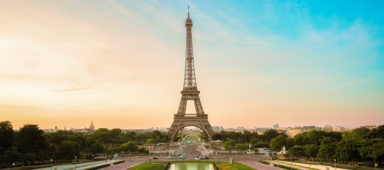Blessed with four seasons, Korea offers variable perspectives of the country and its different attractions all year round
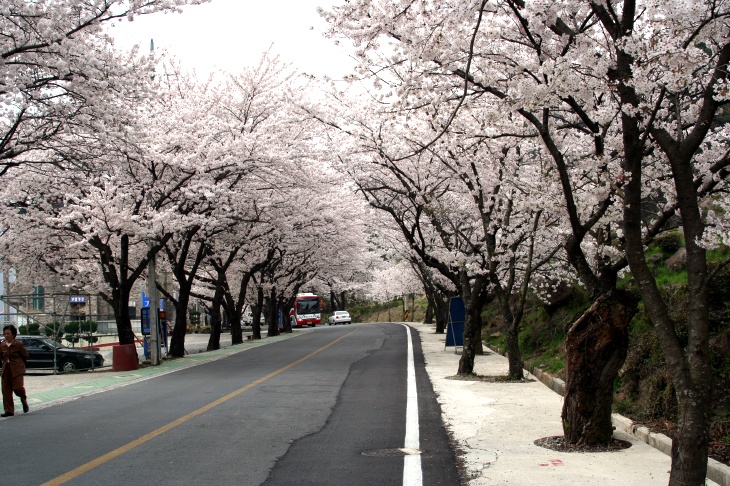
Planning a vacation is never easy, especially when visiting countries where weather is a key factor. For travellers looking to visit South Korea, each season showcases a number of unique and different attractions, all of which will undoubtedly make for a memorable holiday.
SPRING
Months: April to May
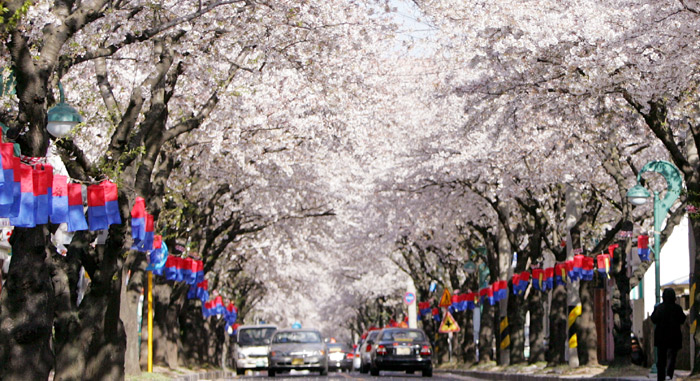
Stop and experience the flowers. A visit to Korea during springtime equates to cherry blossoms in full bloom. Although the season only lasts a couple of months, the country and its citizens however make full use of the time with a number of flora-based festivals and celebrations. In central Seoul, you can walk the Yunjungno Cherry Blossom Tunnel in Yeouido, a 5km path lined with 1400 cherry blossom trees. If you’re looking for a chance to have a picnic or a stroll in a lush surrounding, take a short subway ride to Ilsan Lake Park. Popular with locals, the park measures over 991,800 square-metres and boasts one of the world’s largest artificial lakes, a music fountain and a forest with over 200,000 trees. The green lung is also home to over 100 different kinds of wild flowers and 1800 cherry trees.
SUMMER
Months: June to early September
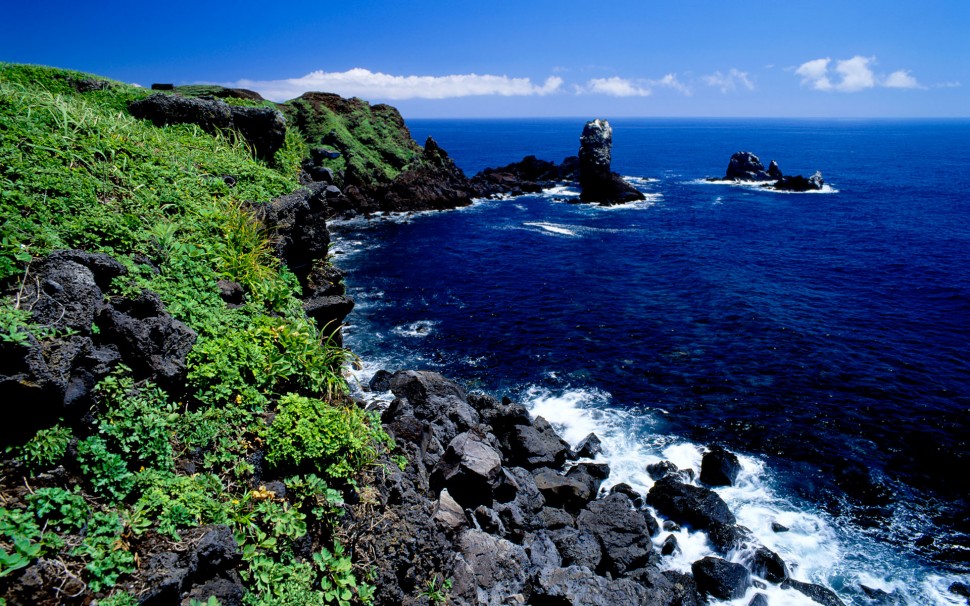
With high temperatures and humidity, a summer visit to Korea is perhaps best paired with a beach stopover on the itinerary. There are several beaches, which are a few hours away by bus from Seoul but if you want to experience the very best stretch of sand in the country, then Jeju Island is where you need to go. A short domestic flight away, Jeju is a virtual island paradise with a thriving and healthy ecosystem bolstered by thriving subtropical forests and foliage. Jungmun Beach stands as one of the foremost beaches in the country owing to its sandy beach and pristine surf, which makes it a virtual playground for jet skiers and windsurfers.
AUTUMN
Months: September to November
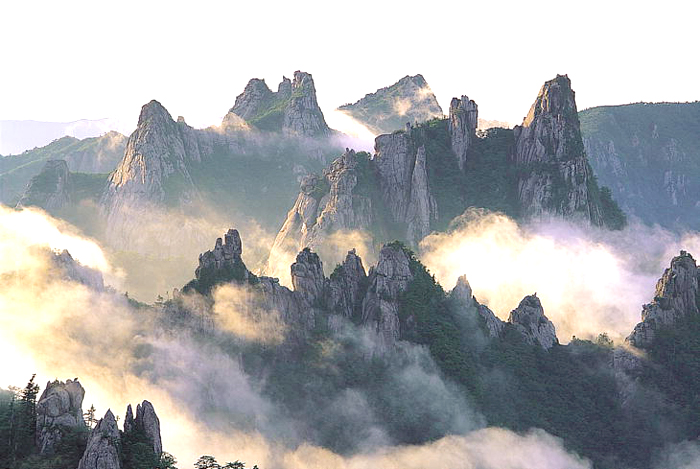
Largely considered the best time to visit Korea, the autumn season brings a multitude of celebrations and festivals including Chuseok (Korean Thanksgiving). However, cool weather and scenery is what’s on the cards during an autumn visit and you’ll get plenty of both as leaves begin to change colour offering a contrast of red and yellow to any lush backdrop. If you want to make the most of an autumn visit to Korea, head over to the Seoraksan Mountains, located five hours by bus from Seoul. The area not only offers spectacular views but also some of the best hiking trails in the country. Find one that suits your fitness level, pack a light lunch and prepare to be one with Mother Nature.
WINTER
Months: November to March
Not everyone likes the cold but there are a few things you can bank on to maximise a Korean winter visit. With heavy snowfall throughout, the country turns into a winter wonderland during these months and ski resorts are more than happy to comply. There are three ski resorts located near Seoul – Jisan Forest Ski Resort (Icheon-si, Gyeonggi-do), Star Hill Resort (Namyangju-si, Gyeonggi-do) and Bears Town Ski Resort (Pocheon-si, Gyeonggi-do) and all three are about an hour’s drive from the city. If skiing and sledding isn’t your cup of tea, perhaps a dip in a natural hot spring is more up your alley. Onyang Hot Springs in Asan, Chungcheongnam-do Province is just a few hours away by bus or train from Seoul and boasts one of the oldest hot springs in the country. We can’t think of a better way to beat the chill.





